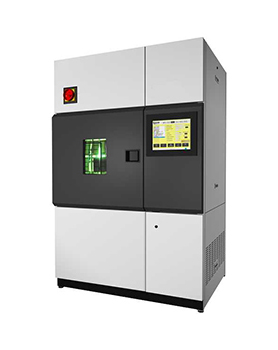How to choose the right xenon lamp aging tester

Test methods and selection of xenon lamp aging tester
The xenon lamp aging tester can be used for selecting new materials, changing existing materials or evaluating changes in durability after changes in material composition.
Aging tests are performed by exposing material specimens to light and thermal radiation from a xenon arc lamp. To evaluate the light and weathering resistance of certain materials under the action of high temperature light source. Mainly used for automotive, coatings, rubber, plastic, pigments, adhesives, fabrics, etc..
Xenon lamp aging tester classification:
1, water-cooled xenon lamp aging tester (SI 4000)
2, air-cooled xenon lamp aging tester (SI 220)
3, desktop xenon lamp aging tester (sun master)
How should we choose a suitable test for their own xenon lamp aging tester equipment? Let's talk about their common and differences.
Common to xenon lamp aging tester: temperature, humidity, spraying system.

Xenon aging tester differences:
Water-cooled xenon lamp aging tester lamp cooling using water cooling, each device uses a lamp power (6KW each), the sample frame is around the lamp 180 degrees parallel far turn, the size of the sample to be tested must be the standard size.
Air-cooled xenon lamp aging tester lamp using natural wind circulation cooling method, each equipment using three lamps (each 1.8KW) consisting of sample rack in the lamp directly below, the distance can be adjusted. The size of the product being tested can be selected.
Bench-top xenon lamp aging tester also uses natural air circulation cooling mode, each device uses 1 lamp (each (1.8KW) composition, the sample rack is directly below the lamp, the distance can be adjusted, the equipment can not control the humidity, the sample size is limited. It cannot meet many national standards.
Atmospheric aging test is to expose the specimen to the outdoor atmospheric environment, after a certain period of time under the combined effect of a variety of factors, to observe the performance changes of the specimen and evaluate its weatherability. The test should be conducted in an open-air exposure site, and the environment of the exposure site should represent the harshest conditions of a certain type of climatic characteristics or approximate the conditions of practical application.
2021-10-20 10:57

